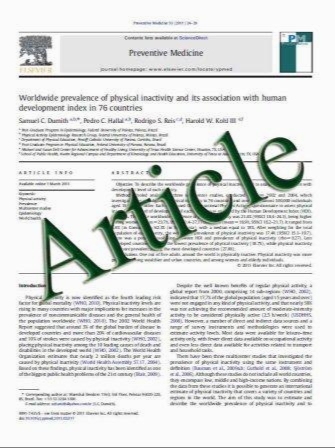Peak Morphology and Scalp Topography of the Pharyngeal Sensory-Evoked Potential
- نوع فایل : کتاب
- زبان : انگلیسی
- مؤلف : Karen Wheeler-Hegland Teresa Pitts Paul W. Davenport
- چاپ و سال / کشور: 2010
Description
The initiation of the pharyngeal stage of swallowing is dependent upon sensory input to the brainstem and cortex. The event-related evoked potential provides a measure of neuronal electrical activity as it relates to a specific stimulus. Air-puff stimulation to the posterior pharyngeal wall produces a sensory-evoked potential (PSEP) waveform. The goal of this study was to characterize the scalp topography and morphology for the component peaks of the PSEP waveform. Twenty-five healthy men and women served as research participants. PSEPs were measured via a 32-electrode cap (10–20 system) connected to SynAmps2 Neuroscan EEG System. Air puffs were delivered directly to the oropharynx using a thin polyethylene tube connected to a flexible laryngoscope. The PSEP waveform is characterized by four early- and mid-latency component peaks: an early positivity (P1) and negativity (N1), followed by a midlatency positivity (P2) and negativity (N2). The early positive peak P1 is localized bilaterally to the lateral parietal scalp, the N1 medially in the frontoparietal region, and the P2 and N2 with diffuse scalp locations. Somatosensory and premotor regions are possible anatomical correlates of peak locations. Based on the latencies of the peaks, they are likely analogous to somatosensory- and respiratory-related evoked potential peaks.
Dysphagia DOI 10.1007/s00455-010-9308-y Received: 12 March 2010 / Accepted: 2 September 2010


